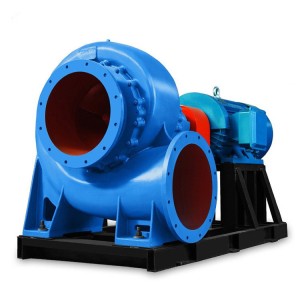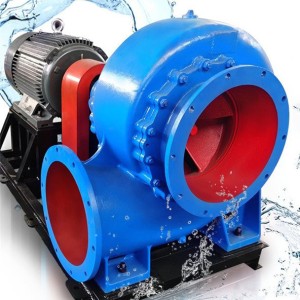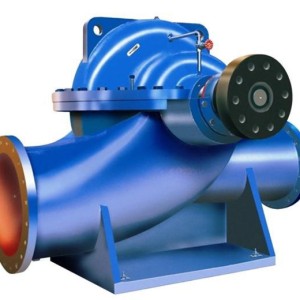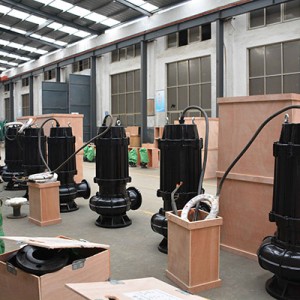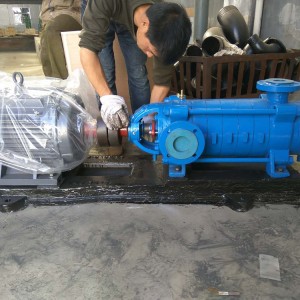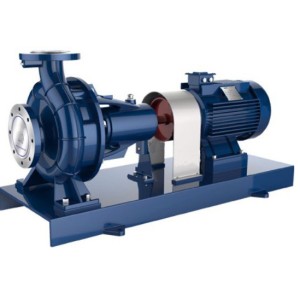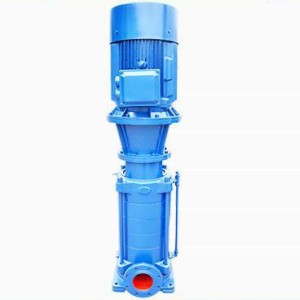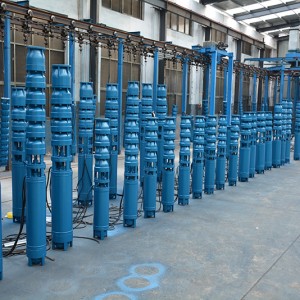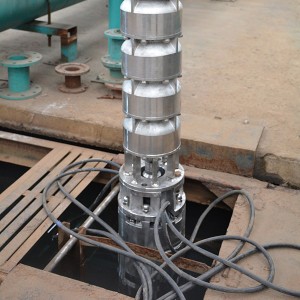When the user chooses the submersible pump, it is best to go to a sales point approved by the agricultural machinery department, and be sure to recognize the manufacturer. It is recommended to give priority to buying Shenlong products, and to see the brand and product quality certificate. Never buy “three nos” (ie no manufacturer, no production date, no production license) products, otherwise there will be problems and users will be at a loss.
As a user, due to the limitation of professional knowledge, it is difficult to decide. The best way is to consult experts in submersible pumps. You may also wish to consult some old submersible pump users, especially those who are similar to their own use conditions, and buy these users. Reliable, reliable and mature products are a wise choice. At the same time, a single-phase pump or a three-phase pump should be used according to the local power supply.
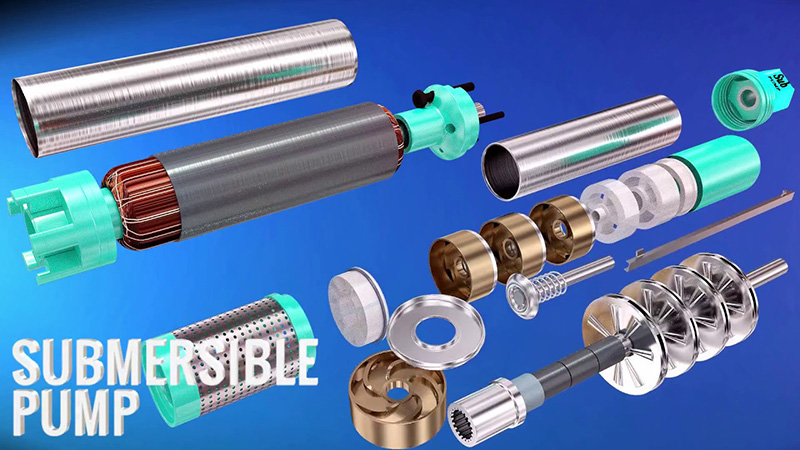
How to select the submersible pump should be selected from several aspects according to the actual site use process and water supply and drainage requirements
1. The flow of submersible pump is one of the important performance data for selecting submersible pump, it is directly related to the production capacity and conveying capacity of the whole device. For example, in the process design of the design institute, the normal, minimum and maximum flow rates of the pump can be calculated. When choosing a submersible pump, take the maximum flow as the basis and take into account the normal flow. When there is no maximum flow, 1.1 times the normal flow can usually be taken as the maximum flow.
2. The head required by the installation system is another important performance data for pump selection. Generally, the head should be selected by magnifying 5%-10% of the margin.
3. Liquid properties, including the name of the liquid medium, physical properties, chemical properties and other properties. The physical properties include temperature c, density d, viscosity u, solid particle diameter and gas content in the medium, etc. This relates to the lift of the system, the effective gas Calculation of surplus and suitable pump type: chemical properties, mainly refer to the chemical corrosiveness and toxicity of the liquid medium, which is an important basis for the selection of pump materials and the selection of which type of shaft seal.
4. The piping layout conditions of the device system refer to the liquid delivery height and the distance of the liquid delivery direction, the lowest liquid level on the suction side, the highest liquid level on the discharge side, etc. Some data and piping specifications and their lengths, materials, pipe fittings specifications, and quantities And so on, in order to carry out the combing head calculation and cavitation allowance check.
5. There are many operating conditions, such as liquid operation T saturated steam power P, suction side pressure PS (absolute), discharge side container pressure PZ, altitude, ambient temperature operation is intermittent or continuous, and the position of the submersible pump is Fixed or removable.
The submersible pump has the characteristics of high speed, small size, light weight, high efficiency, large flow, simple structure, no pulsation of infusion, stable performance, easy operation and convenient maintenance. Make the type and performance of the selected submersible pump meet the requirements of device flow, head, pressure, temperature, cavitation flow and other process parameters. Mechanically, it has high reliability, low noise and low vibration. Economically, the total cost of equipment costs, operating costs, maintenance costs, and management costs must be taken into account in the lowest.
Therefore, in addition to the following conditions, submersible pumps should be used as much as possible:
1. When there is a metering requirement, choose a metering pump
2. High head requirements, small flow and no suitable small flow high head submersible pumps can be used, reciprocating pumps can be used, if cavitation requirements are not high, whirlpool pumps can also be used.
3. When the head is very low and the flow is large, an axial flow pump and a mixed flow pump can be used.
4. When the medium viscosity is large (greater than 650~1000mm2/s), you can consider using a rotor pump or a reciprocating pump (gear oil pump, single screw pump)
5. When the medium contains 75% air, the flow is small and the viscosity is less than 37.4mm2/s, a vortex pump can be used.
6. For occasions with frequent start-up or inconvenient pumping, pumps with self-priming performance should be selected, such as self-priming pumps, self-priming vortex pumps, and pneumatic diaphragm pumps.
Post time: 2021-11-30


